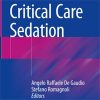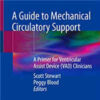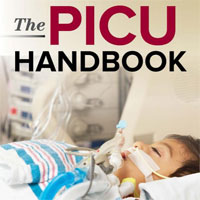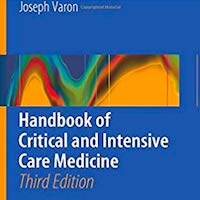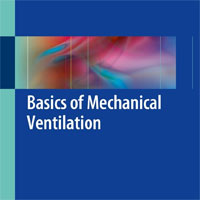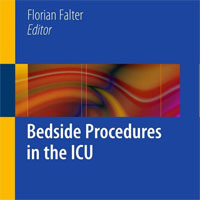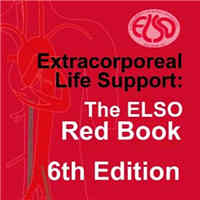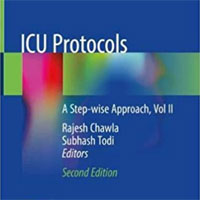High-Flow Nasal Cannula vs. Noninvasive Ventilation
ncbi.nlm.nih.govHigh-flow conditioned oxygen therapy delivered through nasal cannulae and noninvasive mechanical ventilation (NIV) may reduce the need for reintubation. Therefore, Hernández et al set out to test if high-flow conditioned oxygen therapy is noninferior to NIV for preventing postextubation respiratory failure and reintubation in patients at high risk of reintubation.
Among high-risk adults who have undergone extubation, high-flow conditioned oxygen therapy was not inferior to NIV for preventing reintubation and postextubation respiratory failure. High-flow conditioned oxygen therapy may offer advantages for these patients.
Of 604 patients, 314 received NIV and 290 high-flow oxygen. Sixty-six patients (22.8%) in the high-flow group vs 60 (19.1%) in the NIV group were reintubation; 78 patients (26.9%) in the high-flow group vs 125 (39.8%) in the NIV group experienced postextubation respiratory failure.


